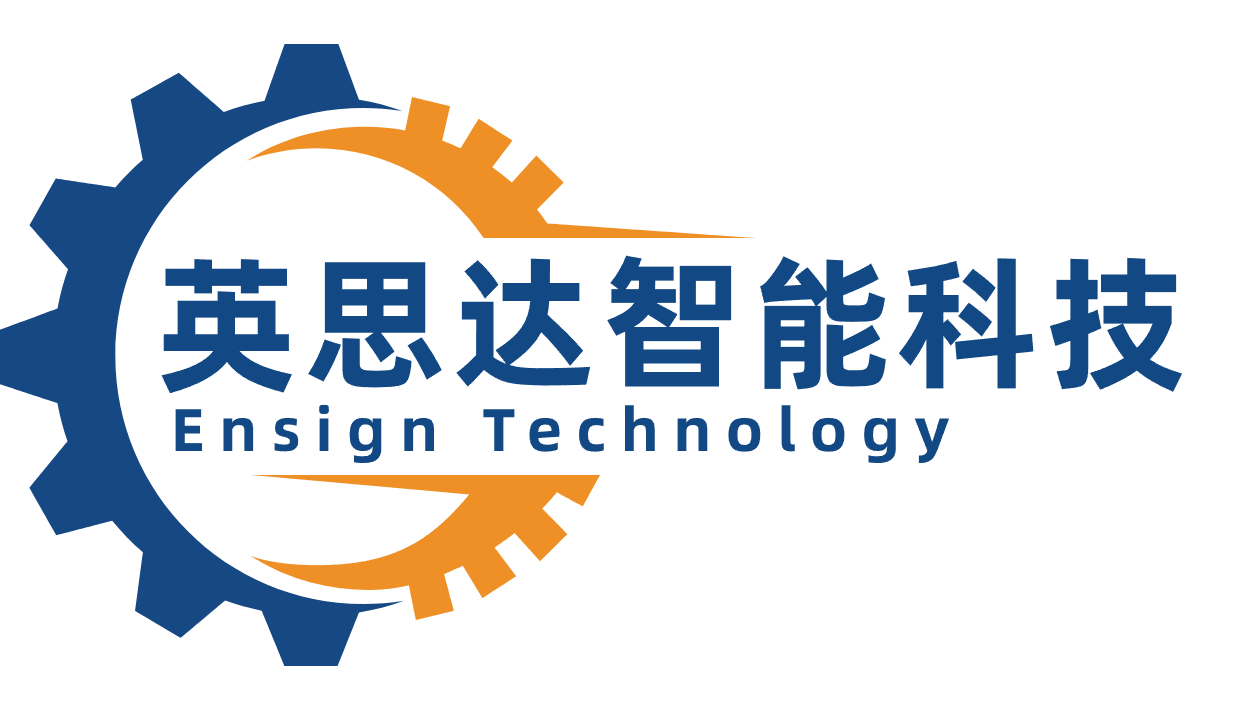Key Takeaways
Imagine if your PVC patch making machine was a wizard—poof!—turning boring fabric into 3D custom masterpieces with the flick of a heat-press wand. These machines are basically the Hogwarts of logo creation, minus the owls and questionable cafeteria food. Here’s the spellbook:
- Heat-press technology is the machine’s secret sauce. Think of it like a panini press, but instead of squishing sandwiches, it’s bonding vibrant, puffy designs onto textiles. (Pro tip: Don’t try making grilled cheese with it. Trust me.)
- Single vs. multi-color layering is like choosing between a solo karaoke performance or a full-blown Broadway musical. Single-color? Quick, sleek, and drama-free. Multi-color? Prepare for confetti cannons of creativity (and slightly more setup time).
| Feature | Single-Color | Multi-Color |
|---|---|---|
| Complexity | Beginner-friendly | Requires patience |
| Visual Impact | Clean & professional | "Look at me!" vibes |
| Best For | Military badges | Festival merch |
“Why settle for flat when you can have 3D pizzazz? It’s like comparing pancakes to soufflés.” – Captain Obvious, Patches Enthusiast
Need durable logos that survive wash cycles, mud wars, or your dog’s existential crate crisis? These machines armor-plate designs with PVC, making them tougher than a toddler’s bedtime negotiation skills.
Pro Hack: If your machine starts making suspicious clanking noises, it’s either possessed or needs maintenance. (Hint: It’s probably the latter.)
So, whether you’re crafting military-grade patches or bedazzling your cat’s bandana collection, remember: a PVC patch making machine isn’t just a tool—it’s your ticket to becoming the Michelangelo of… well, patches. Now go forth and emboss! 🎨

PVC Patch Machines: How 3D Customization Works
Ever wondered how a hunk of plastic becomes a 3D logo that could survive a zombie apocalypse? Let’s dive into the gloriously weird world of PVC patch machines—where heat-press technology meets the artistic chaos of a toddler with glitter.
Picture this: You feed PVC pellets into the machine, which then melts them faster than an ice cream cone in July. But here’s the kicker—3D molds shaped like your design (say, a flaming taco or a grumpy eagle) press the molten goo into submission. Think of it as a waffle iron, but instead of breakfast, you get military-grade patches that could double as armor.
The magic happens in layers. Multi-color layering capabilities let you stack colors like a Jenga tower, except way less likely to collapse. Each hue gets its own mold layer, baked together under heat so intense it’d make a dragon jealous. The result? A durable logo that sticks to fabrics like gossip at a family reunion.
And here’s the best part: these machines are basically the Mad Scientists of customization. They can crank out bulk orders faster than you can say, “Why does this patch smell like burnt marshmallows?” Whether it’s a single-color emblem or a rainbow unicorn masterpiece, automated systems handle it all—no PhD in “Patchology” required.
Next up: How heat-press technology turns textiles into walking billboards. Spoiler: It involves less fire than you’d hope.
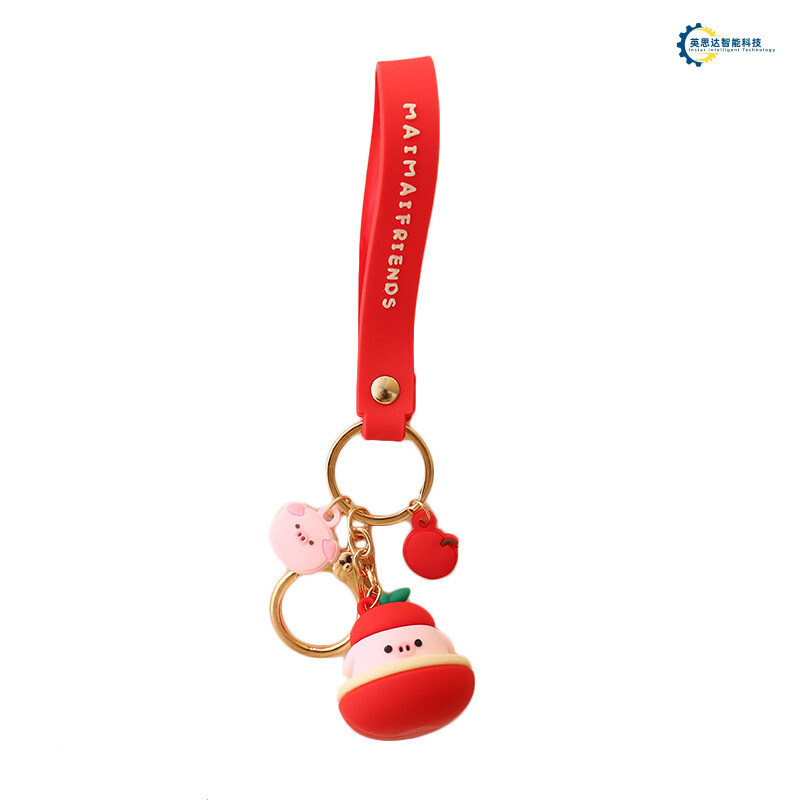
Heat-Press Technology for Textile Logo Production
Imagine your favorite T-shirt’s logo getting a heat-press makeover—like a spa day, but with more sizzle and less cucumber water. Heat-press technology turns ordinary fabric into a runway for 3D PVC patches by applying the gentle fury of heat and pressure. Think of it as a culinary showdown between an iron and a waffle maker, where the prize is a logo that laughs in the face of laundry day.
This process starts with a custom-designed PVC patch—picture a tiny, colorful pancake—placed on the fabric. The machine then cranks up the heat (not too spicy, just enough to make the patch stick like a jealous barnacle). The result? Logos that pop like confetti at a clown convention, with textures so crisp you’ll want to frame them as modern art.
Why does this matter for textiles? Because durability isn’t just for superhero capes. Heat-pressed patches survive washing machines, mudslides, and even that one friend who “borrows” your hoodie for a decade. Plus, the tech handles multi-layer designs smoother than a buttered slide—perfect for logos that need more colors than a rainbow’s Instagram feed.
So next time you see a shirt with a 3D emblem, remember: it’s not magic. It’s just science wearing a funny hat.
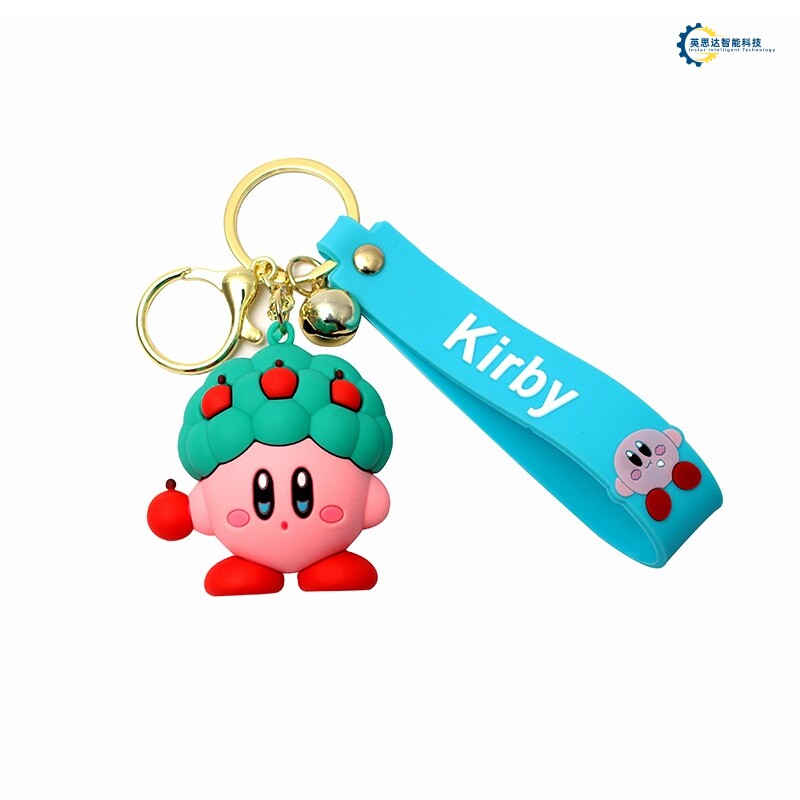
Military-Grade Patches: PVC Machine Applications
When it comes to military-grade patches, think less “craft fair cuteness” and more “survived three rounds in a washing machine while reciting the NATO phonetic alphabet.” PVC patch making machines are the unsung heroes here, transforming bland fabric into badges so tough they probably have their own retirement plans. These machines use heat-press technology to fuse layers of PVC into designs that laugh in the face of mud, monsoons, and that one recruit who definitely shouldn’t have borrowed scissors.
Why does the military love them? Imagine a patch that’s waterproof, fade-proof, and private-snicker-proof during morning drills. Durable logos aren’t just a preference—they’re a survival tactic. Whether it’s a unit emblem or a morale-boosting meme (yes, even sergeants have a sense of humor), PVC machines crank out patches that cling to uniforms like cadets to caffeine. Plus, with multi-color layering, you can finally distinguish between “forest green” and “oh no, that’s just dirt.”
Bonus? These patches double as impromptu frisbees during downtime. Just don’t tell the drill instructor.

Single vs Multi-Color Layering Capabilities Explained
Choosing between single-color and multi-color PVC patches is like deciding whether to wear socks with sandals—both have their fans, but one definitely sparkles more. Let’s break it down: single-color layering is the minimalist’s dream. It’s quick, clean, and perfect for when you want your logo to scream, “I’m here, but I also have places to be!” Think of it as the no-nonsense superhero of patch design—efficient, bold, and ready to stick to textiles like a stubborn piece of glitter.
But why stop at one color when your logo could throw a rainbow rave? Multi-color layering turns patches into tiny 3D art galleries, stacking hues like a pastry chef layers cake. Thanks to heat-press technology, these machines don’t just add colors—they orchestrate them. Imagine a machine yelling, “Yellow, you go there! Blue, cozy up to red!” while melting layers into military-grade durability. It’s like giving your logo a backstage crew that ensures every shade stays put, even if your jacket survives a zombie apocalypse.
Of course, multi-color designs demand more precision (and patience). But hey, if your logo’s personality is “extra,” why settle for monochrome monotony? Just remember: whether you pick one color or twelve, these machines are the unsung heroes turning “meh” into “magnificent.” Now, if only they could help you decide which colors to use…
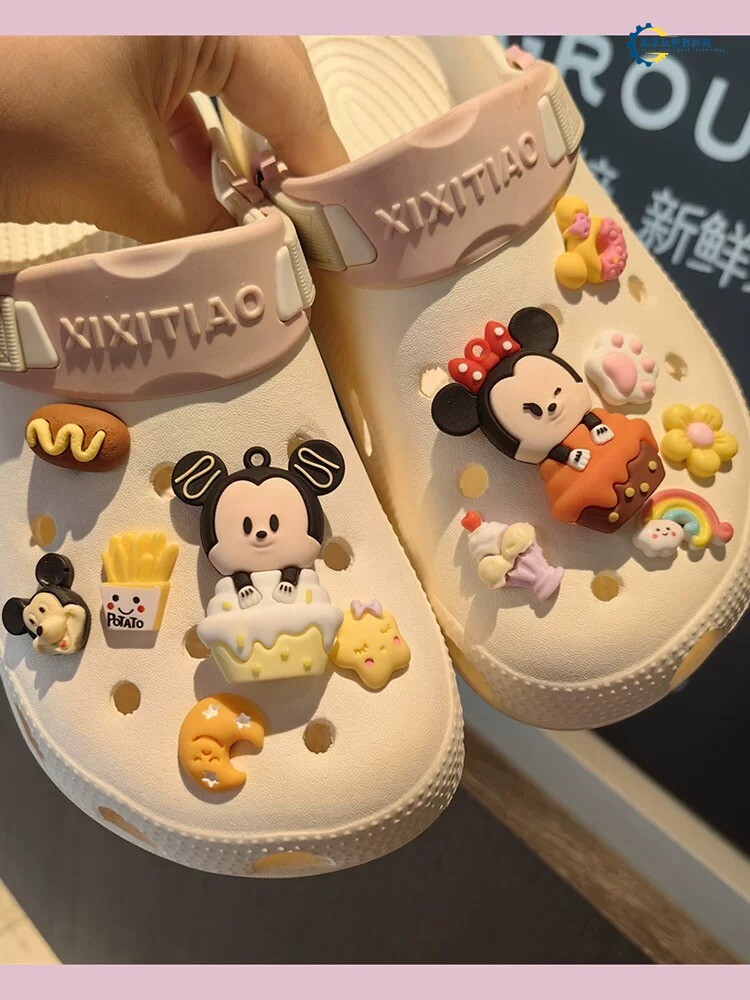
How PVC Machines Ensure Logo Durability
Imagine your logo surviving a zombie apocalypse, a toddler’s tantrum, and a laundry day from hell—all while still looking crisp. That’s the superhero-level durability PVC patch making machines bake into every design. These machines don’t just press logos; they thermally bond layers of PVC with the subtlety of a ninja welding a marshmallow. Using heat-press technology, they melt colors into textiles so thoroughly, even your cat’s claw-sharpening obsession won’t leave a scratch.
How? It’s all about the military-grade marriage of heat and pressure. The machine squashes the PVC material into fabric like a overcaffeinated sumo wrestler, ensuring no air bubbles or weak spots. This creates a 3D armor for your logo, laughingly resistant to UV rays, rainstorms, and that questionable decision to “test durability” with a blowtorch. Bonus: the single/multi-color layering isn’t just pretty—it’s like giving your design a double-locked vault against fading. So whether your patch ends up on a soldier’s uniform or your dog’s “I Bark Therefore I Am” jacket, it’ll outlast trends, tantrums, and probably humanity itself. Talk about commitment issues.
Automated Heat-Press Systems for Bulk Production
Imagine a PVC patch-making machine that works harder than a caffeinated intern during finals week. These automated heat-press systems are the unsung heroes of bulk production, churning out custom patches faster than you can say, “Wait, did I order 500 unicorn logos?” Using heat-press technology, they fuse layers of PVC material with the precision of a laser-guided glitter bomb, ensuring every emblem pops in 3D glory.
Why bother with manual labor when robots can do the sweating? These machines handle textile logo production like a pro, pressing designs onto fabrics without accidentally branding the operator’s lunchbox (a common hazard in less-automated setups). For military-grade patches, which demand consistency tougher than a drill sergeant’s coffee, automation ensures every batch meets spec—no rogue threads or “creative interpretations” of camouflage patterns.
The real magic? Multi-color layering capabilities that let you stack hues like a rainbow lasagna. Need 1,000 patches with gradients smoother than a jazz saxophonist’s riff? The machine’s got your back. And because it’s built for bulk production, it won’t throw a tantrum halfway through like your office printer. Just load the design, hit start, and watch it work while you brainstorm excuses for why you deserve a raise.
Transitioning from single-color projects? The system’s flexibility means upgrading your patch game is easier than explaining memes to your grandma. Next up: why durable PVC machines are basically the superheroes of logo longevity. Cape optional.
Key Features of Durable PVC Patch Machines
Imagine a machine that’s part heat-press wizard, part 3D sculpting artist, and 100% indestructible robot cousin of your grandma’s sewing kit. That’s your average durable PVC patch machine—built to outlast awkward family reunions and apocalypses alike. First off, these beasts come with industrial-strength components that laugh in the face of wear-and-tear. Think military-grade metal frames (yes, the same stuff tanks flirt with) and thermal endurance that makes volcanoes blush.
But wait, there’s more! The automated heat-press systems don’t just “press” designs—they imprint them with the subtlety of a disco-era stampede. Need multi-color layering? These machines juggle hues like a clown at a rainbow convention, ensuring your logo doesn’t end up looking like a toddler’s finger-painting project. Plus, UV-resistant coatings and weatherproof finishes mean your patches won’t fade faster than your enthusiasm for New Year’s resolutions.
And let’s not forget pressure consistency—because nobody wants a patch that’s lopsided, like a pancake cooked by a sleep-deprived college student. Whether you’re crafting textile logos for yoga pants or tactical emblems for secret squirrel operations, these machines deliver precision sharper than your aunt’s commentary at Thanksgiving. So, if your patches need to survive anything from laundry day to literal combat zones, this is the gadget that’ll keep them intact—long after your patience for assembly instructions has evaporated.
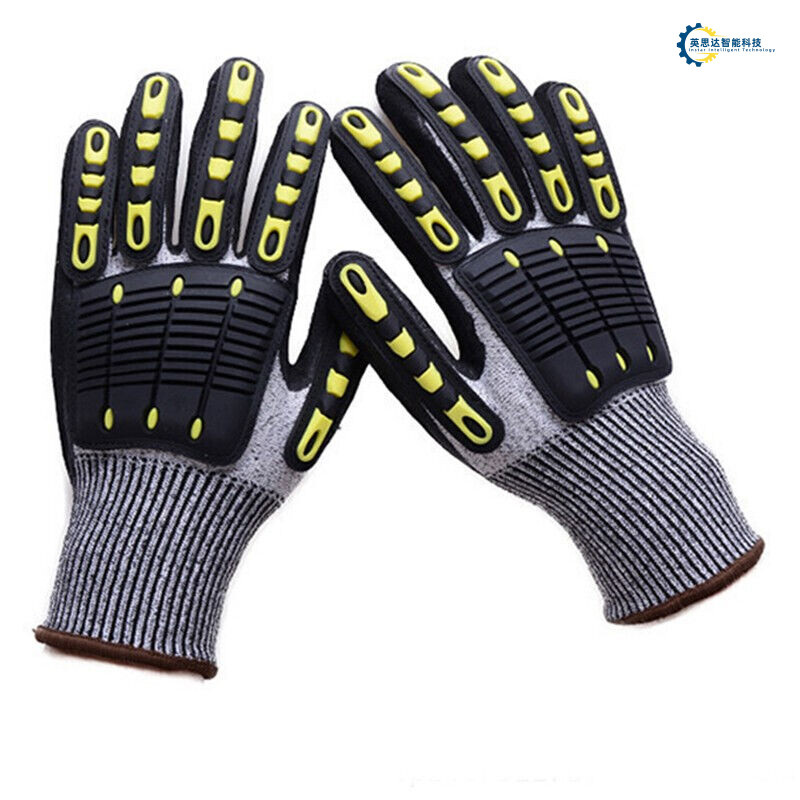
Guide to Choosing Industrial Embossing Equipment
Picking the right industrial embossing equipment is like choosing a pet dragon—you want something powerful, reliable, and not prone to setting your workspace on fire. Start by asking: “Does this machine have the pressure settings of a zen master or the temperament of a toddler denied candy?” Heat-press technology needs precision, not drama. Look for models with adjustable temperature controls—because melting your design into a modern art puddle is only cool if you’re into abstract expressionism.
Next, consider multi-color layering capabilities. Think of it as the machine’s ability to play nice with rainbows. If your patches need more hues than a peacock’s tail, opt for equipment that swaps colors smoother than a magician pulling scarves from a sleeve. And don’t forget durability testing—because a machine that quits after three patches is basically that friend who bails before the party starts.
Finally, check if it’s built for bulk production. If your idea of “high volume” is cranking out patches faster than a caffeine-fueled squirrel, prioritize automated systems that won’t demand coffee breaks. Remember, the goal is to emboss like a pro, not babysit a machine with commitment issues. Now go forth—and may your patches be crisp, your temps steady, and your sanity intact.
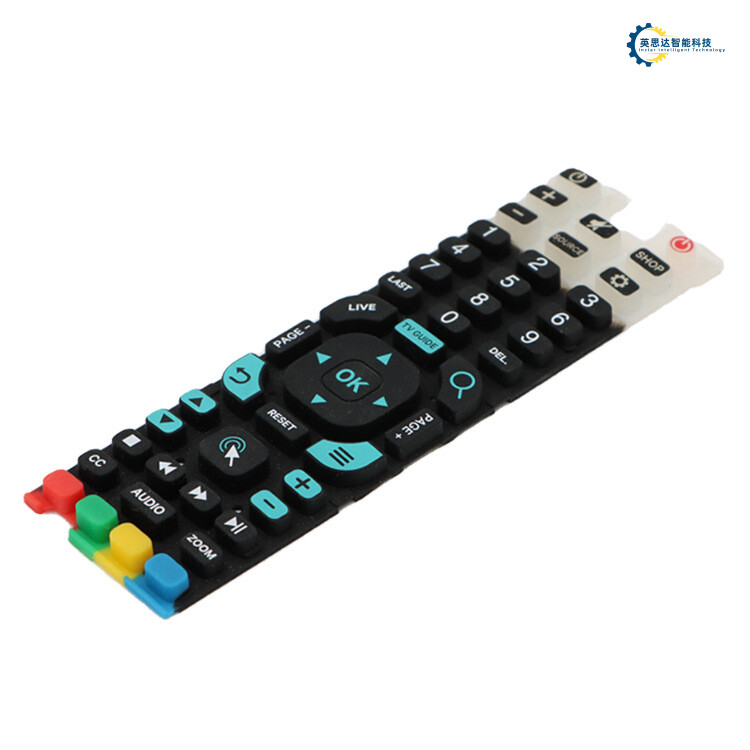
Conclusion
So, you’ve made it to the end of this PVC patch making machine saga—congrats! If you’re still awake, pat yourself on the back (or sew a custom patch there). Let’s face it: these machines are basically the 3D customization wizards of the textile world. Imagine a device that turns your doodles into military-grade patches tougher than your aunt’s meatloaf. Whether you’re layering colors like a cake decorator on espresso or cranking out bulk orders faster than a toddler loses socks, these gadgets don’t mess around.
But here’s the kicker: choosing the right heat-press technology isn’t just about avoiding melted fabric disasters. It’s about embracing the chaos of creativity while keeping your logos as durable as that one Nokia phone from 2003. Think of it like dating—opt for a machine that’s reliable, versatile, and won’t ghost you mid-project. And hey, if your embossing equipment can survive a coffee spill (or a zombie apocalypse), you’re golden.
In the grand tapestry of patch-making, remember: single vs multi-color layering isn’t just a technical debate—it’s an art form. So go forth, armed with your newfound knowledge, and may your patches be ever crisp, your heat presses never sticky, and your clients eternally impressed. Just don’t blame us if you start seeing everything in 3D.
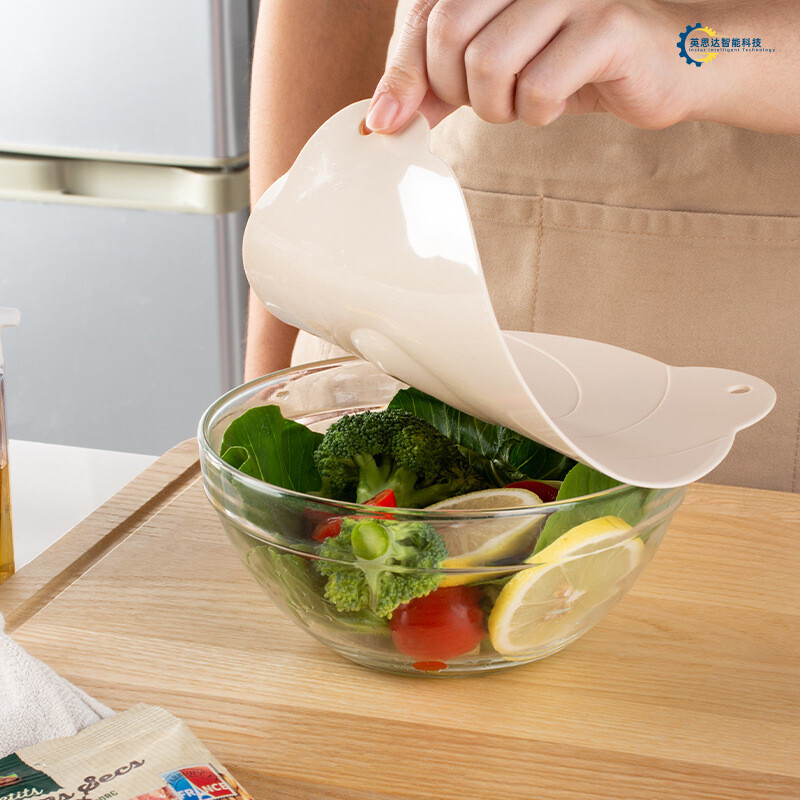
Frequently Asked Questions
So, what’s the deal with PVC patch making machines?
Think of them as the 3D-printing wizards of the logo world—except instead of magic wands, they use heat-press technology to turn boring fabric into swagger-packed patches. Imagine your grandma’s iron, but if it joined the Avengers.
Can these machines handle my extremely serious military-grade patch needs?
Absolutely! These machines laugh in the face of adversity (and mud, rain, or your cousin’s questionable laundry habits). They’re built to crank out military-grade patches tougher than a toddler’s opinion on broccoli.
Single-color vs. multi-color patches: Is this a Hunger Games situation?
No need for a dramatic showdown. Single-color layering is like a minimalist latte—clean and classy. Multi-color layering? That’s the unicorn frappuccino of patches. The machine does both, so you can avoid choosing sides.
Will my logo survive a zombie apocalypse?
If by “zombie apocalypse” you mean “daily washing machine battles,” yes. PVC machines use layers thicker than your phone’s screen protector, ensuring logos stick around longer than that one-hit wonder from 2003.
What about bulk orders? Do I need to sell my soul?
Nope—just let the automated heat-press systems do the heavy lifting. These machines churn out patches faster than a gossip group chat, no soul-selling required.
How do I pick the right machine without crying?
Focus on industrial embossing features and durability. If it can survive your office coffee spills, it’s a winner. Still confused? Pretend you’re shopping for a car, but way cooler.
Ready to Turn Your Logo into a PVC Rock Star? Click Here!
Don’t let your designs live in obscurity—click this link before your competitors steal the spotlight (and your patch ideas).
